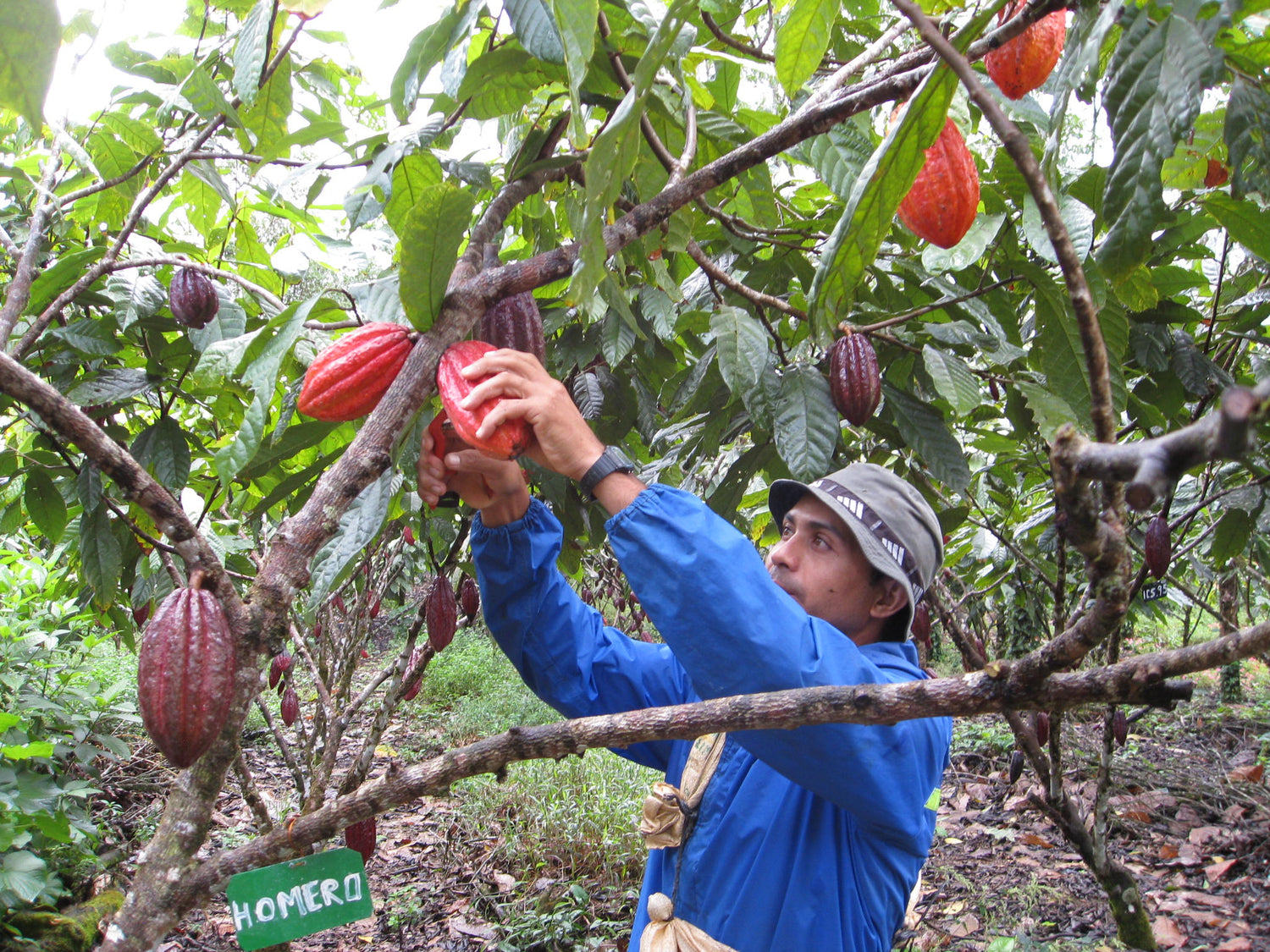The first origin visit that Tabal Chocolate made was to visit our partner farmers in Costa Rica. Our host for the trip was Juan Pablo Buchert who founded Nahua Cacao.
Nahua (pronounced /ˈnɑːwɑː/) is Costa Rica’s leading fine flavor cacao producer with a social mission, supplying leading chocolatiers and cacao buyers around the world. Grown in the fertile soils of Costa Rica, our single origin Trinitario cacao beans are nurtured to their full-bodied flavor potential through a meticulous post-harvest process.
Working directly with top-selected local farmers, we procure our beans fresh and manage the entire post-harvest process at our controlled fermentation facility in the idyllic Costa Rican climate, consistently achieving ideal quality standards.
Nahua is committed to improving the lives of smallholder farmers through training, support and community engagement, and focus on the environment by promoting sustainable farming practices, reforestation and the conservation of natural ecosystems. We seek to make a positive impact, one cacao bean at a time
began with a tour of his chocolate production facility in San Jose and of course some chocolate tasting.
From there we headed to CATIE, the worlds foremost cacao research facility where we learned about and experienced an amazing collection of cacao varieties.
International Cocoa Collection
A world treasure under the protection of CATIE
Since the 1940s, CATIE has kept in perpetuity in its cocoa germplasm collection (IC3) an important representation of the wide genetic diversity that the species has in tropical America. In addition to conservation, the collection's fundamental objective is to provide botanical material for studies of a different nature as well as propagative material for genetic improvement programs and the establishment of commercial plantations in different countries. The CATIE collection is a potential source of clones with notable characteristics, such as resistance to pests and diseases, high content of polyphenols, resistance to extreme conditions, low bearing, etc. Consequently, its conservation is a priority to solve many of the present and future problems that affect this crop.




